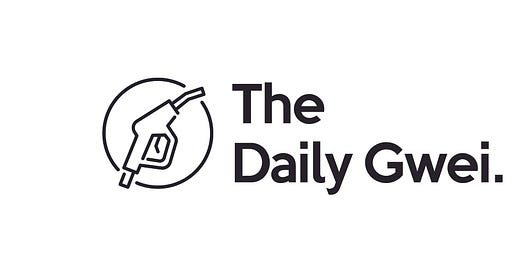MakerDAO - we all know it as is the godfather of Ethereum DeFi and it’s still the king with $12 billion worth of assets locked in its protocol. Yesterday, the Maker Foundation announced that they had transferred their entire dev fund ($464 million) to the DAO which gives MKR token holders total independent control over these funds.

These days, you’ll typically see new DeFi projects (or existing DeFi projects issuing a token for the first time) basically put most of the token into a treasury and only keep a relatively small portion as part of the team allocation (and investor allocation). This is in stark contrast to “older” DeFi projects that typically issued a token via ICO and lots of the initial supply ended up on the open market from day 1 (which usually meant lots of volatility and tokens ending up in the hands of pure speculators). MakerDAO in particular has been around for a long time and did a small sale before all of the ICO hype of 2017 (they’ve also done strategic sales since then) so transferring ~8.4% of the total supply of MKR to the DAO treasury is kind of a big deal!
I’m personally a big fan of the treasury model when it’s done right (that is, the funds are actually dispersed over time instead of hoarded). Good treasury management for DAOs means paying out tokens to core community contributors, selling some tokens to “strategic partners” in return for another asset (such as a stablecoin) to diversify risk, having a grants funding program, maintaining a modest liquidity mining and more. Don’t get me wrong, all of this is difficult to get right (especially because people often disagree on where funds should go), but this can be made easier by maintaining a strong core set of governors.
There are currently 3 DeFi projects that have billion dollar treasuries (mostly denominated in their own tokens) with many others in the $100 million+ range (you can view them all here). The members of the $1 billion+ treasury club include Uniswap, Compound and Aave and all 3 of these have grants programs while only Compound and Aave have active liquidity mining programs. Other projects like Alchemix and Badger have sold tokens out of their treasuries to “strategic partners” in order to diversify risk (which I think is smart) but this can be a double edged sword if these partners turn out to be toxic to the project.
All in all, there’s still lots of room for continued experimentation, improvement and refinement of DAO treasuries. Though, I would love to see much more radical experiments around how these treasuries are managed and distributed because I believe that getting tokens into the hands of the right people is absolutely critical for the long-term success of a project.
Have a great day everyone,
Anthony Sassano
Join the Daily Gwei Ecosystem
All information presented above is for educational purposes only and should not be taken as investment advice.




